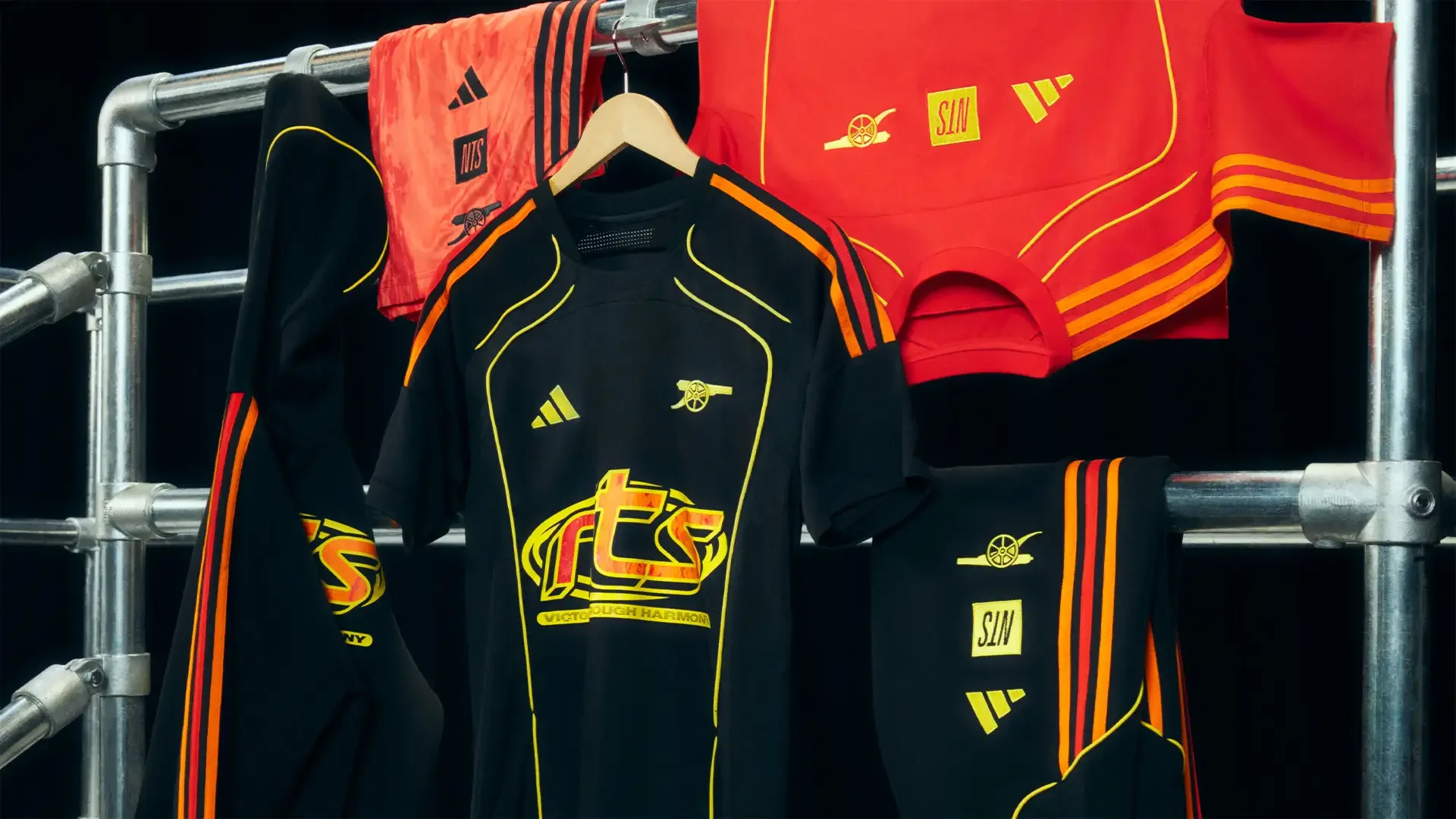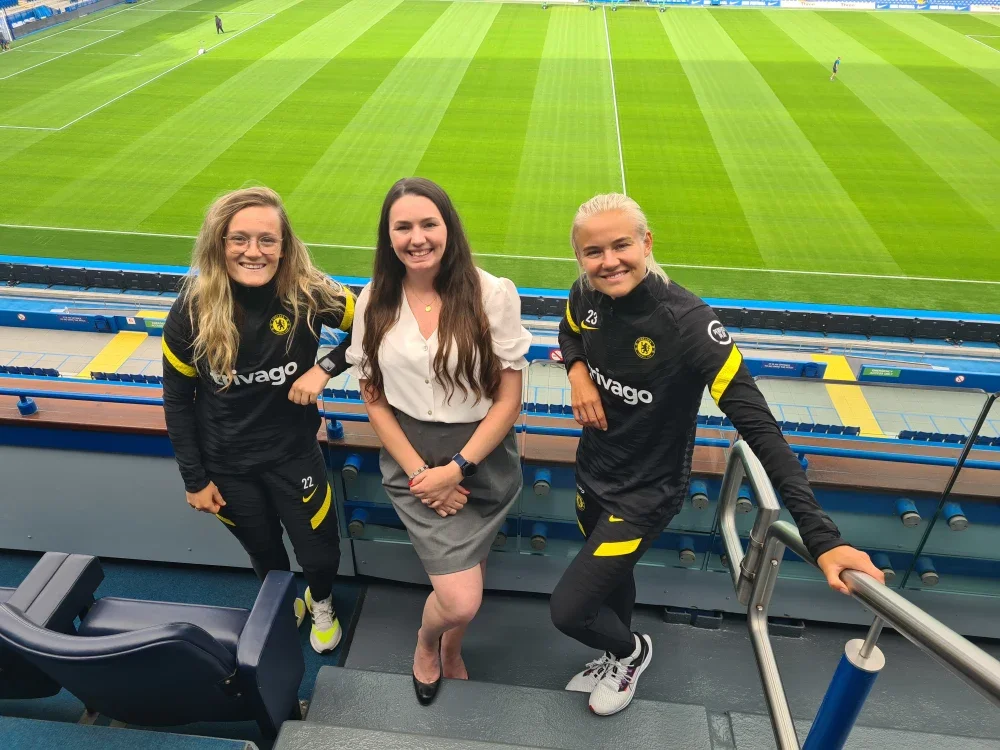VERSUS and Football Manager marked a cultural milestone: the official inclusion of women’s football in FM26. For a franchise that has defined football gaming for decades, the integration of women’s leagues isn’t just a technical update - it’s a long-overdue recognition of the sport’s growth and influence. The invite-only event at Sooo London positioned the announcement not as a patch, but as a cultural statement, framed by a panel of insiders spanning game development, women’s football research, revenue strategy, and grassroots advocacy.
📊 Supporting Stats
The women’s game is booming: UEFA reported a 77% increase in registered female players across Europe between 2016–2022 (UEFA, 2023).
The 2023 Women’s World Cup drew a record 2 billion global viewers, with the final between England and Spain watched by over 75 million live (FIFA, 2023).
Gaming continues to be a key gateway: a Nielsen report found that 41% of Gen Z women who play football video games say it increases their interest in the real sport (Nielsen Esports & Gaming, 2024).
🧠 Decision: Did It Work?
Yes - both culturally and strategically. FM26’s inclusion of women’s football feels authentic because it’s rooted in years of research and licensing rather than a cosmetic bolt-on. By building 36,000+ players and 14 leagues into the game, Sports Interactive is creating visibility and credibility at scale. For fans, this isn’t just symbolic representation: it’s playable, data-driven immersion that legitimises the women’s game within the same ecosystem as the men’s.
Creatively, the move speaks to how gaming can amplify cultural moments. Culturally, it signals to publishers and rights holders that women’s football deserves equal technical investment. Commercially, it opens up new audiences and reinforces Football Manager as a leader in sports simulation.
📌 Key Takeouts
What happened: VERSUS and Football Manager launched women’s football in FM26 with an event and panel celebrating its cultural impact.
What worked: Years of development, licences for WSL and NWSL, and the scale of the database make this more than a token gesture.
Cultural signal: Women’s football is now mainstream enough to anchor one of gaming’s most iconic franchises.
Brand lesson: True integration requires investment, research, and credible partnerships - not just surface-level inclusion.
🔮 What We Can Expect Next
Expect ripple effects across both sport and gaming. Other franchises (FIFA/EA Sports FC, eFootball) have already dipped into women’s football, but Football Manager’s approach - deep, data-heavy, and systemic - sets a new benchmark. As players experience managing women’s teams with the same depth as men’s, it could influence fandom, scouting visibility, and even grassroots perception.
The risk? Fatigue if representation isn’t matched by continuous updates, or if cultural momentum outpaces in-game authenticity. But for now, the message is clear: women’s football isn’t a side mode - it’s part of the game.



















